My First Mammogram, Breast Cancer Uncertainty, and My Fibroadenoma Diagnosis
I turned 40 during the pandemic. After getting vaccinated, I began catching up on some non-urgent preventative medical appointments, including scheduling my first mammogram. Many of my good friends are a few years older than me, so I know women who have already had mammograms. It was time for me to join the club.
What I didn’t know when I scheduled my “boob squishes,” as my teenage daughter jokingly calls them, was that I would also be joining a substantial group of women who have had to undergo additional imaging, poking, and testing because a mass was discovered. Roughly 10 percent of women are called back for more tests after a screening mammogram, and for women like me who are having their first mammogram and don’t have an established baseline of what is normal for them, the callback rate is higher, roughly around 20 percent.
The good news is that fewer than one in 10 women who are called back are actually diagnosed with breast cancer, but even when I was armed with that knowledge, having to return for more tests was one of the scarier things I’ve experienced in my life.
What follows is my story.
The mammogram and the callback
I scheduled my screening mammogram at a large regional hospital where both of my children were born and where my recently retired mother-in law worked for many years as a nurse. The mammogram wasn’t bad. Both my mom and my best friend told me it was more awkward and uncomfortable than painful, and they were right. There were brief moments when my skin felt stretched in weird ways, but the technician was gentle and checked in with me several times to ask if I felt all right.
Afterward, the technician told me it’s common for women to get called back because something was found, especially when it’s your first mammogram and they’re figuring out what your baseline “normal” looks like. “But don’t worry,” she said. “Most of the time there’s nothing wrong.” In hindsight, I am pretty sure she saw something in my images and was trying to prepare me.
A few days later, I was informed via my online patient chart that a partially obscured mass was visible in the upper outer left breast. It was several centimeters deep, which was why I had never felt it and my OB/GYN had never discovered it during annual exams. I was given a BI-RADS score of 0, which meant my mammogram was “incomplete” and they needed more images. They wanted to perform a breast ultrasound, but the hospital couldn’t get me in until three weeks after my initial mammogram. They were able to schedule me nine days sooner at a large branch of the hospital that was a little farther from my home, reducing the wait time to a week and a half between my mammogram and the ultrasound appointment.
I was concerned, but I tried not to worry too much. I remembered my mom had been called back once after a mammogram when I was in high school, and she was diagnosed with a benign cyst that required no treatment. I have two good friends who discovered breast lumps and had undergone biopsies, and they were diagnosed with benign cysts or fibroadenomas that also required no treatment. I came across an NPR article about how common it is for women to need more testing beyond an initial screening mammogram, and some doctors are working to try to normalize this process to help reduce the very real and often extreme psychological distress women experience, to help humanize and demystify the process.
With all of that in mind, my husband and I agreed we would keep the situation to ourselves until we knew more.
However, I did end up sharing with one of those friends who had previously undergone a biopsy. Elizabeth is one of my closest friends, and we were coordinating our self-employment schedules for a lunch meetup when I decided to mention I might need some flexibility because I was waiting to hear back about scheduling a medical appointment. Elizabeth was diagnosed with a benign cyst several years ago, and I discovered she had her ultrasound and biopsy done at the same hospital branch I was headed to. As we ate lunch together, she assured me her ultrasound wasn’t painful but warned me that the pressure the technician exerted with the transducer to get a clear view left her slightly tender afterward.
Then she thought for a moment and said, “Do you want me to come with you?”
Bringing support was a good idea, actually. I kept Elizabeth in mind and profusely thanked her for the offer, but I ended up calling my mother-in law to accompany me. As a retired nurse, she is well versed in navigating the healthcare system and seemed like a good choice, and my own mom lives too far away to come with me.
“Rachael, callbacks are the story of my life,” my mother-in law told me with empathy as soon as I explained the situation. She explained how she had undergone countless mammograms over the years because she has dense breast tissue, which is harder to get good images of. She went through an agonizing drawn-out series of callbacks one summer when it took four months to get the all-clear because they kept wanting additional images, but the hospital schedule was so packed she had to wait weeks and months to even get in for various appointments. She added that while preventative care is important, she believes the process isn’t mentally healthy and wishes there were a better way.
While I waited for my ultrasound, I tried to distract myself. I organized my entire basement, including the laundry room, the kids’ playroom, and our little storage room under the stairs. I bought and assembled (with help from my husband) a set of shelves for a child’s bedroom. I cooked meals. We had family movie nights.
The ultrasound
The day of the ultrasound arrived, and while my supportive mother-in law sat in the waiting room, I climbed onto a soft bed and the technician, a kind woman named Christine, had me roll onto my side and placed a comfortable wedge pillow against my back. She noted that because it had been my first mammogram, “we just need to see what’s normal for you.” I shrugged out of one sleeve of my robe, and she squirted warm gel onto my exposed breast and began moving the transducer over it. I turned my head to watch the screen as she located the mass and drew lines on the screen to measure it, typing in numbers to indicate the size.
I tried to read her as we chatted, and she mentioned benign fibroadenomas but didn’t offer a definitive answer. When she finished the ultrasound and briefly left the room to show the doctor the images, I texted my mother-in law in the waiting room, saying I was cautiously optimistic.
When the tech returned, she repeated that my images showed signs of a fibroadenoma or cyst, but the mass had some concerning solid characteristics, and they wanted to be sure, so I’d need to come back for a core needle biopsy. They assigned me a BI-RADS score of 4, and my report noted the presence of a suspicious complex cystic lesion that measured nearly 2 centimeters in its largest section.
I fought a sinking feeling as the tech explained what to expect during the biopsy and instructed me not to take Ibuprofen or other blood thinners for a few days beforehand to minimize bleeding. A nurse navigator called to schedule the biopsy for exactly one week later.
Roughly 80 percent of breast biopsies produce benign results, so I knew there was a good chance I was fine, but being told I needed a biopsy was still harrowing. If not for my knowledge that friends like Elizabeth and other women I know have had biopsies and turned out to be okay, it would have been much more difficult to have hope and cope with my emotions during this time.
The biopsy
A week later, I dropped my youngest daughter off at the home of neighbors who are like adopted parents to us, since my appointment was early in the morning and she needed a place to hang out before school. I don’t have a large social network, but I felt extremely grateful for my small band of friends and family, including my neighbors as well as my retired mother-in law who met me once again at the breast center to offer support (my husband was also grateful for this because it meant he didn’t have to feel guilty about not taking time off work to be with me), and my friend Elizabeth, who texted me with good wishes and prayers for peace on the mornings of both of my procedures. When I told my mom — who has a history of serious health issues herself — that I was scheduled for a biopsy, she assured me a good support network is one of the most important things on a journey like this.
At the breast center, the nurse navigator called me back to what she called a “pit stop area” with a medical reclining chair, and she surprised me by asking if I wanted a warm blanket.
“I suppose I shouldn’t say no to that,” I said, trying to add a bit of levity to the moment.
The nurse disappeared around a corner and returned with a thin hospital blanket that felt like it had just come out of the dryer. She gently draped it over me as I sat in the recliner, and its warmth helped to calm my jangled nerves. While under my blanket, I signed consent forms and the nurse took my vitals. She asked if I wanted to receive my test results via my online patient portal as soon as they were entered in the system, rather than waiting for a call from her. She warned me it would have a lot of unfamiliar terms that might be intimidating to a lay person. I told her yes, I wanted the results as soon as possible.
From there, Christine, the technician who performed my ultrasound the previous week, showed up and escorted me into a nearby room. It was reassuring to see the same person again and to feel like I had continuity of care. Between the blanket from the nurse and the tech’s efforts to make sure I was comfortably propped on the bed with pillows, I felt simultaneously pampered and terrified.
Christine located the mass via ultrasound once again, then drew on my skin with a felt-tipped marker to denote where the radiologist should work. As she worked, I gave in to my nervous instinct to be chatty. I told her I had two friends who had breast biopsies that turned out to be benign, and I found comfort by thinking about them. Christine later told me she shared this with the doctor who performed the biopsy, and the doctor told her, “I like that.”
The biopsy itself took only minutes. While Christine held the ultrasound transducer over my breast to serve as a guide, the doctor, a calm woman in her 50s, numbed my breast with a small needle. I felt a slight pinch and then some deeper stinging as the numbing medication went in, and after that I felt only pressure. I turned my head so I could view the ultrasound screen, because when else can you watch a needle in your body without it hurting?
Christine was amused and remarked, “I love your curiosity.”
But I turned my head away when the doctor pulled out the larger core biopsy needle and went to work collecting several tissue samples. Again, I felt only pressure, and I heard some whirring and clicking noises as the device vacuumed out tissue samples. I focused my eyes on a spot above the door and kept calm by thinking about being in peaceful woods during a family camping trip. Christine repeatedly checked in with me to ask how I was feeling and kept me informed on what was going to happen and what was happening.
Before the doctor finished, she injected a tiny metal clip the size of a sesame seed into my breast to mark the biopsy location for future reference. My friend Elizabeth had told me she had a metal clip placed at her biopsy site as well, and I was oddly fascinated to receive a “souvenir” of my own.
After pressure was applied for a few minutes and a small clear bandage was stuck on me, I was instructed to slowly sit up and let my legs dangle over the side of the bed, since I’d been lying down for a while, and then to carefully stand up.
Christine walked me down the hall to a room where she performed a gentle mammogram, with less pressure than a regular mammogram, to make sure the metal clip was properly positioned. I asked if I could view the images to see what the clip looked like. On her screen, Christine pointed out a tiny metallic object in the shape of a cancer ribbon. The breast tissue around the clip looked different than the rest of my breast, and she explained it was because of the fluid they had injected (presumably the numbing meds). I joked that I had a bionic boob, and Christine reassured me it wouldn’t set off any metal detectors, which is apparently a common concern women have.
I was told I had done great, was given a small ice pack to tuck into my sports bra, and was instructed to take it easy for the rest of the day, to not lift anything heavier than a milk jug, and to be “a lady of leisure.” As I drove myself home, I ate the peanut M&Ms my mother-in law brought for me, allowing a sense of relief to wash over me because the procedure itself was done and hadn’t been so bad. Then I settled in at home to watch a small bruise bloom over my left breast and to begin the agonizing two- to four-day wait for test results.
Trying to be a patient patient
One of the most challenging aspects of the entire experience, from mammogram to biopsy results, was that I felt like I was riding a never-ending series of waves of uncertainty. I’d hoped to get an all-clear after my ultrasound. Then I was anxious about the biopsy and what it would feel like. Once the biopsy was behind me, I immediately pivoted to fretting about what the results would say.
It was exactly three weeks from the time of my initial mammogram to the Friday night I received the raw biopsy results, and about three and a half weeks from my mammogram to the day the nurse called to let me know I was in the clear. For some women, it’s a lot longer. At each stage, I sought comfort in knowing I had done all that was within my personal control, and now it was in the hands of science. It was a lesson in living with uncertainty.
I felt like I did a good job of staying as mentally healthy as possible during those weeks, but hairline cracks in my calm façade began to show as I waited for my biopsy results. While I knew the odds were in my favor that I would be fine, I also steeled myself for the possibility of a cancer diagnosis, because somebody has to be among the roughly 20% of breast biopsies that turn out to be cancer. It was hard not to catastrophize.
I told myself that I wanted to know if there was a problem so it could be dealt with, and if something was wrong it probably wasn’t going to kill me because we were catching it early, and modern medicine can do a lot. But, I wondered, what if something really bad had been growing for years and I didn’t know because I was too young to get a mammogram and now it was in an advanced stage? What if I needed surgery that would drastically change the shape of my breast? What if I needed a mastectomy? My mom, who has lived for years with cancer (not of the breast) that can’t be cured but is managed with regular treatment, reassured me that it wasn’t the end of the world if I got bad news. She advised me to simply do what the doctors told me and I’d be fine. In the meantime, my husband and I reviewed our insurance coverage and talked about what regional hospital system we’d prefer to use if I needed cancer treatment.
It was hard to live in the present and find distractions, especially when I work as a self-employed writer. I’m home alone all day, and Dr. Google, who often isn’t a great doctor, is just a click away. I kept my phone near me at all times so I wouldn’t miss a notification or call. My nerves were so taut that unrelated things triggered tears for me, as if my stress quota had reached its limit and I could handle no more. My grandmother had been put on hospice recently, and when I tried to call her one last time, the relative who was caring for her answered the phone and gently told me she was too weak to take calls anymore. My grandmother was in her mid-90s and had been ailing for a while, so her decline was no surprise to anyone in the family, but still, I suddenly broke down on the phone.
I found a lot of help during this time in lurking on the forums on breastcancer.org. They have a specific section dedicated to women who have not received a cancer diagnosis but are awaiting test results. I shared my situation and several women quickly responded with encouragement, offering sanity-saving tips, commiserating about how miserable the waiting process is (one woman described it as “inhumane”), and acknowledging the callback process is akin to riding a roller coaster. I read reassurances that most BI-RADS 4 patients don’t have cancer. “Don’t give yourself cancer before you actually have cancer,” one person said, exhorting women not to dwell on their worries before they got test results. I also read how a cancer diagnosis is not automatically a death sentence because it’s very treatable. Something that also resonated with me was a woman who talked about how, in the midst of fearful uncertainty, she was fascinated by the breast center facilities with their sophisticated science and technology, specialized equipment, collective wisdom, and understanding of the minutiae of cellular biology.
Results at last
My biopsy was performed on a Wednesday, and on Friday evening my phone pinged with a notification that a new test result had come in. It arrived just as my husband, kids, and I were sitting down for another family movie night. That week we’d chosen the classic Halloween comedy, Hocus Pocus, which seemed like a good light movie to get my mind off things. With the movie menu glowing on our TV screen, I opened my patient portal account on my laptop and waited for the results to load while my husband and teenage daughter stood next to me where they could see my screen, my daughter’s hand resting supportively on my back.
The report contained a lot of big scientific terms, like the nurse had warned me, but we zeroed in on a few words: I had a fibroadenoma, and no in situ or invasive carcinoma. In plain English: no breast cancer.
I breathed a sigh of relief, then quickly Googled several of the other terms listed in the report (florid usual ductal hyperplasia and apocrine metaplasia) and discovered they were all benign. We hit play on our movie, and I will forever have a soft spot for Hocus Pocus because of the way I felt weeks of accumulated tension slipping away as we laughed at the Sanderson sisters’ antics that night.
I still wasn’t sure if they would want to remove the mass just to be safe (an easy procedure, my nurse mother-in law assured me), but on the following Monday morning, the breast center nurse called and said all I needed to do was continue to show up for annual screening mammograms. She noted that fibroadenomas are generally related to hormone fluctuations.
Life after a breast cancer scare
As I write this, exactly one month after the biopsy, I have mostly healed physically. A small red mark remains where they nicked my skin and inserted both the numbing and biopsy needles. The bruising has faded, and my husband can once again pull me into a firm hug without soreness. The deep tissue in my breast that swelled in response to probing needles has for the most part shrunk back down, no longer leaving a large palpable lump.
Emotionally, the experience has left an imprint that will never fully fade. Facing the prospect of a cancer diagnosis when you’ve been healthy your whole life is jarring. Health is a fragile thing. I still have cancer-related articles and ads popping up in my social media newsfeed, and they’re a reminder of a bullet I dodged. It is darkly humorous that one of the most common ads I get tries to convince me to purchase a core biopsy device, as if I’m a doctor. Curiously, they look a bit like a digital meat thermometer.
The odds of a woman developing breast cancer during her lifetime are around one in eight, so it’s something we all have to remain vigilant about. While I was waiting for my biopsy results, Minnesota Senator Amy Klobuchar announced that she had been treated for stage one breast cancer during the past year. I recalled my OB/GYN telling me that breast cancer in women, similar to prostate cancer in men, is something a lot of women are likely to get if they live long enough. I’m more aware now when my daughter shares that a school friend’s mom is a breast cancer survivor, or when a distant relative near my age has received a cancer diagnosis.
Just because I was lucky this time doesn’t mean something won’t happen in the future. In addition, if a woman has one fibroadenoma, it’s common for her to develop more over the years. There’s not a lot that can be done to prevent them, other than simple things such as eating a healthy diet and exercising, which I try to do. It’s possible that when I reach menopause my fibroadenoma might shrink, but that’s about all I’ve got to work with. So I might have to climb aboard this diagnostic emotional roller coaster of uncertainty again. My mother-in law referred to her many callbacks over the years as “part of being a woman.” It doesn’t make it less scary.
Despite the fear, I will continue to get annual screening mammograms. I’ll do it for the people who love me — my husband and kids, and the rest of my family — so that I can be there for them for many years to come. Getting screened may not always be easy, but if there’s one thing I’ve learned from my breast cancer scare, it’s how to face things that are uncomfortable and uncertain.

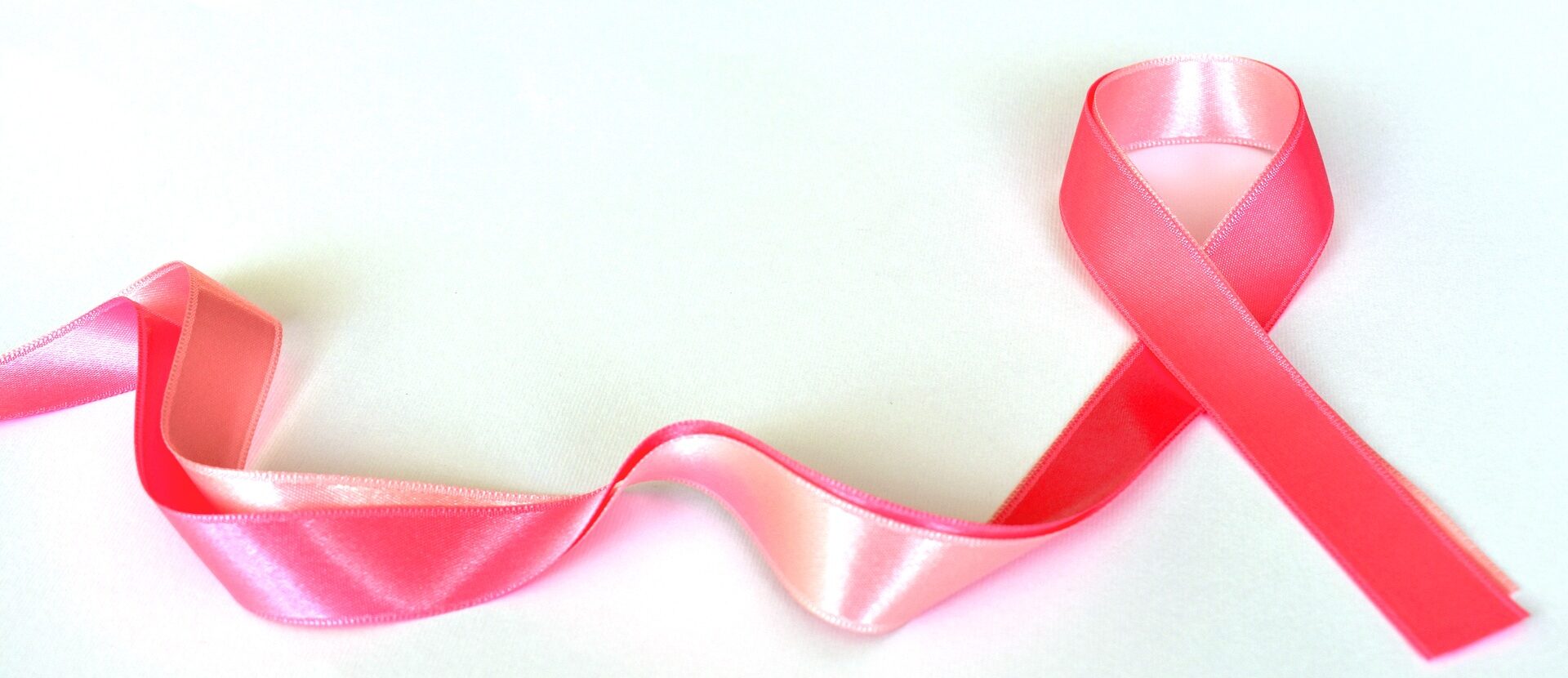
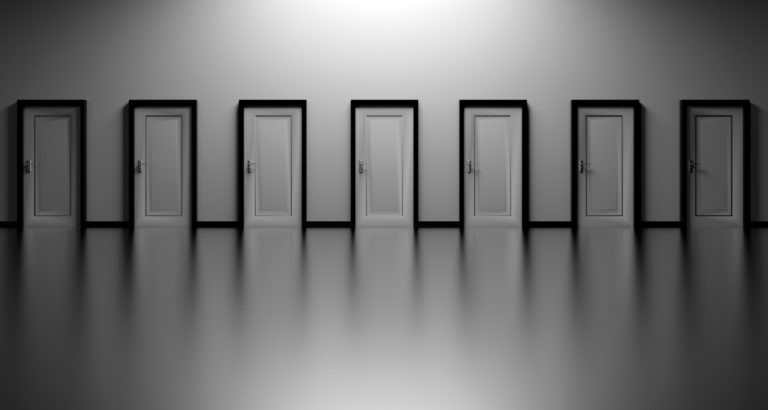
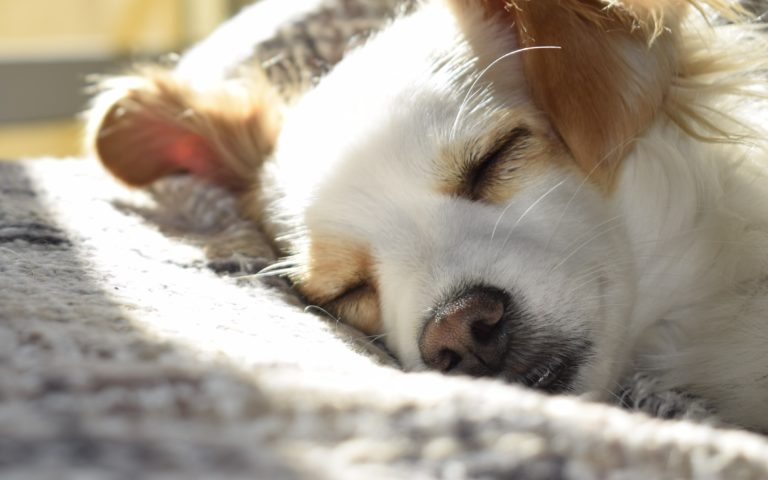
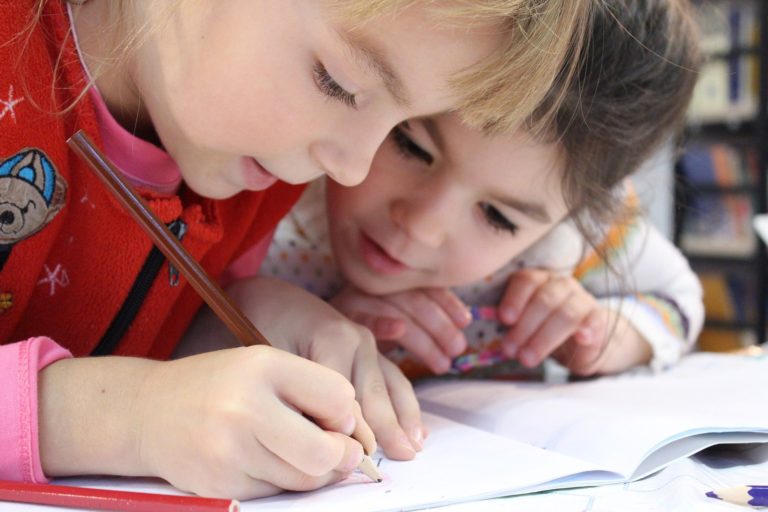
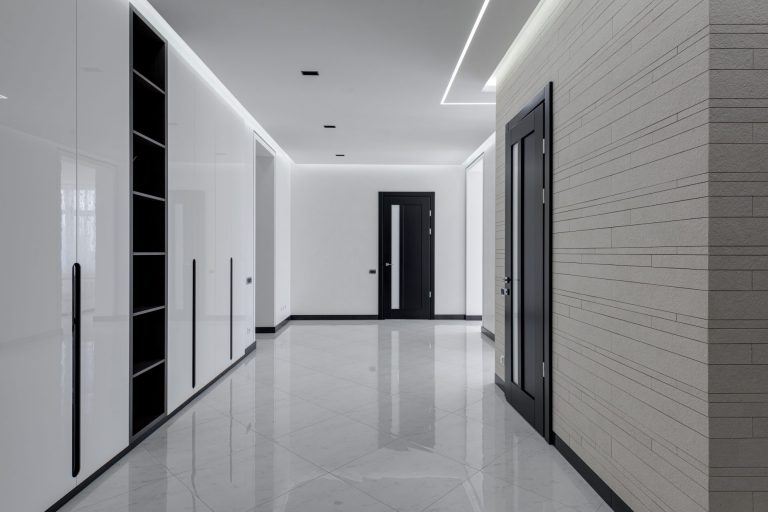
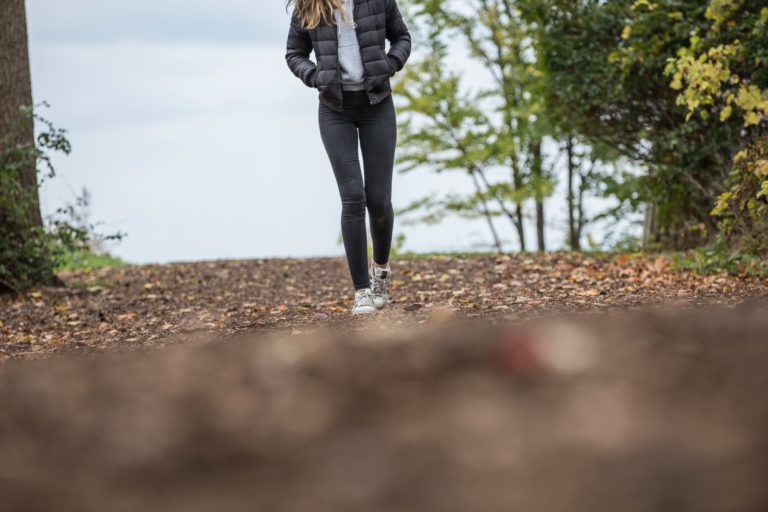
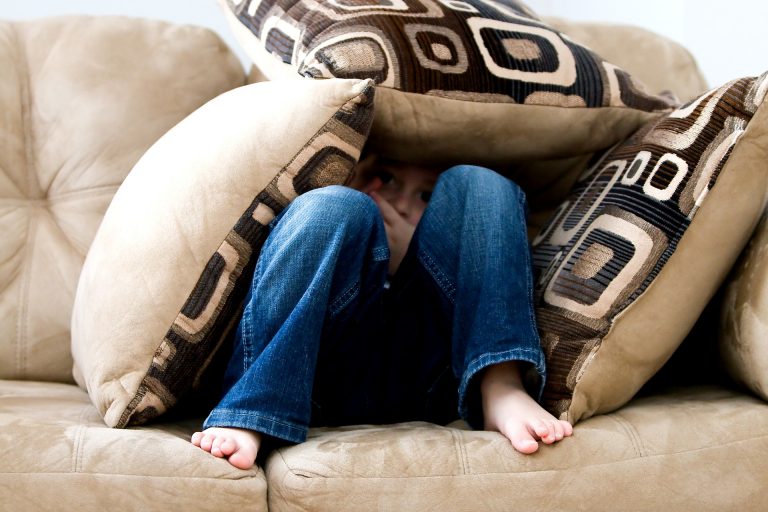
Thanks for this article. I was just diagnosed with a fibroadenoma. I want to feel I’m not alone. I’m 54 and am tickled to hear I have something only young people get.
Thanks! You are definitely not alone.
Thanks for sharing.